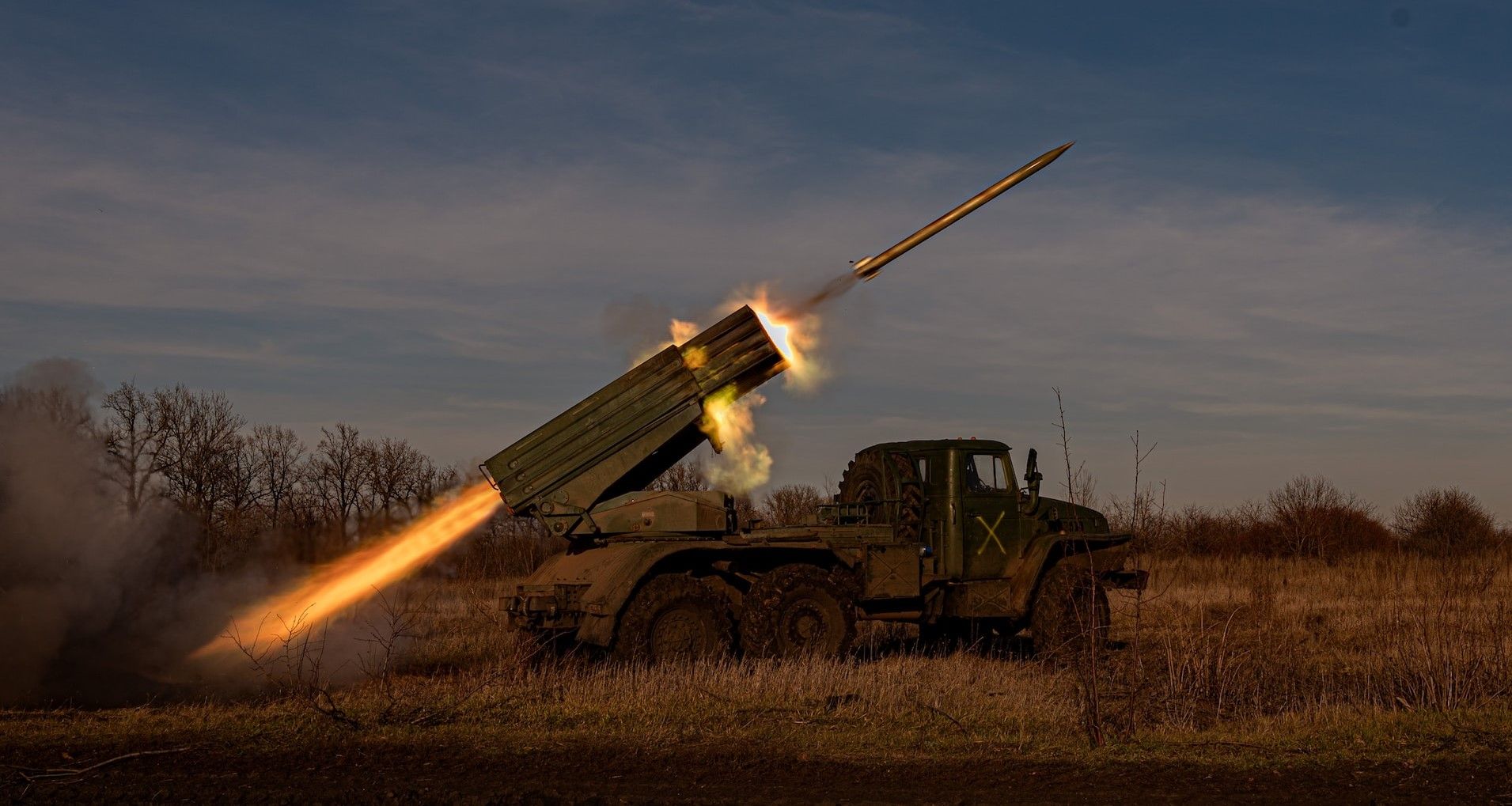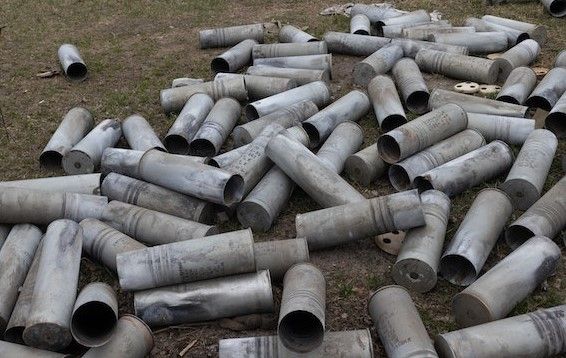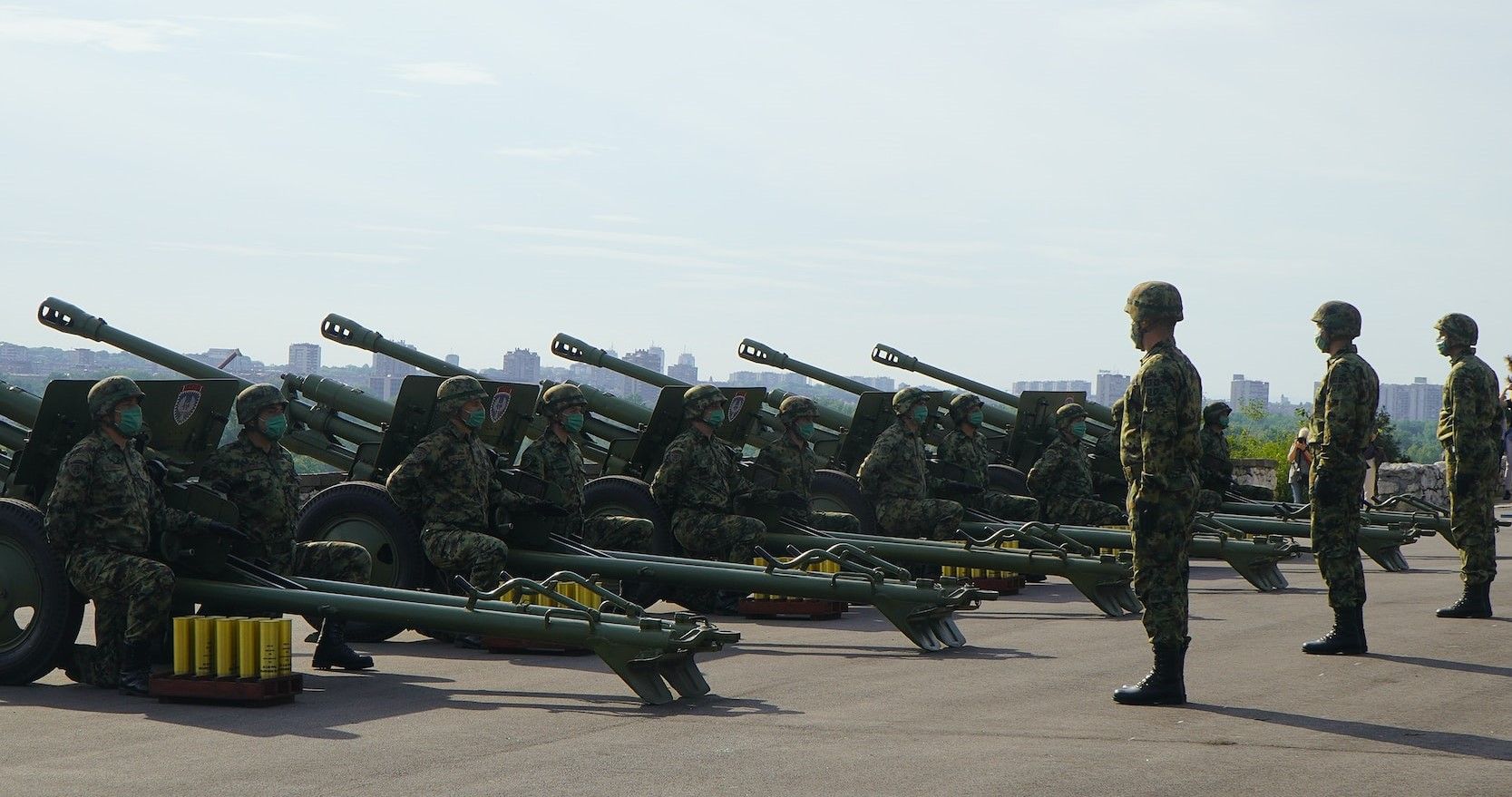Artillery Shell Shortages: A Raw Material & Supply Issue
Every army needs a decent supply of raw materials.

In the realm of modern warfare, the availability and reliability of ammunition plays a pivotal role in determining the outcome of conflicts. One critical aspect of ammunition is the artillery shell, as no successful attack or defence is possible without adequate firepower and support.
However, in recent years, the global military landscape has been confronted with a significant challenge: a shortage of artillery shell cases.
The lack of supply has emerged due to various factors, and its impact reaches far beyond the military domain.

Understanding the Artillery Shell Case
The shell case may look like a simple tube, yet it is a key part of any modern military force. It serves as a protective container for the explosive charge, ensuring stability during transportation and storage. It also houses critical components, such as fuses and propellant, helps guide the projectile, and facilitates the smooth functioning of artillery systems. Without an adequate supply of shell cases, artillery units face challenges in maintaining operational readiness and delivering effective firepower.
A Serious Problem
By the end of 2022, the U.S. had already sent over 800,000 155mm shells to Ukraine, but that left America with very low reserves for its own use should conflict arise in Korea, supporting Taiwan against China, or for use in the Middle East. While South Korea has its own stocks of 155mm shells it had already sold 100,000 of these to the Americans on condition that they would not be sent to Ukraine.
However, as the assault on Bahkrut intensified, demand was far outstripping supply. In response, the US has boosted its budget, as military strategist Jim Dunnigan notes, “[The situation] persuaded American politicians to allocate over half a billion dollars to expand 155mm shell production capabilities from 14,000 shells a month to 20,000. By 2025 the U.S. will be producing 40,000 shells a month. Ukrainian forces normally go through that in less than two weeks.”
Causes of the Shortage
Dunnigan explains that the shortage of shell cases is a common problem, as “…stockpiles of weapons built up in case there is a war tend to be much lower than needed. To make matters worse, production capacity for additional munitions is usually neglected. That means when you discover your war reserves are too small, you find that production facilities to remedy the problem are also lacking.”

However, the current shortage of artillery shell cases is extreme and is a result of various factors, including a lack of raw materials, manufacturing challenges, and increasing demand from military forces worldwide. The problem has been further exacerbated by the COVID-19 pandemic, which has disrupted supply chains and caused a global shortage of many goods.
Raw Materials
One of the primary raw materials used in the production of artillery shell cases is brass, an alloy made from copper and zinc. The price of brass has been steadily increasing in recent years, driven by rising demand from other industries, such as construction and electronics. This has made it more difficult and expensive for ammunition manufacturers to acquire the materials they need to produce casings.
However, the complexity of producing artillery shell cases compounds the issue, as the manufacturing process involves intricate engineering and strict quality control to ensure durability, safety, precision, and compatibility with various artillery systems. These high standards and intricate production limit the number of manufacturers capable of producing shell cases, makes boosting capacity difficult, and slows down the fabrication rate.

Additionally, the shortage is exacerbated by the scarcity of specific raw materials used in shell case production, such as specialized alloys and metals, with both Ukraine and Russia being major exporters of ores and metals. These materials may be subject to global supply chain disruptions, export restrictions, or fluctuations in market availability, further hindering production capabilities.
Addressing the Shortage
Mitigating the shortage of artillery shell cases requires a comprehensive approach encompassing multiple areas. Governments must prioritize investments in domestic manufacturing capabilities, fostering research and development initiatives to enhance production processes and increase efficiency. This will help reduce reliance on imports and strengthen national self-sufficiency.
Additionally, international collaborations between defence industries can be established to address the shortage collectively – a situation which aids NATO-backed Ukraine. Sharing expertise, technologies, and resources can expedite the development and production of shell cases, benefiting all participating nations involved.
Furthermore, diversifying the supply chain and exploring alternative materials can help mitigate the impact of raw material scarcity. For example, the latest designs for shell cases can include constructing them from polymer/nanomaterial composites.

Plastic shell casings may sound like a novelty, but they are already used for the manufacture of ammunition in numerous countries, such as the USA, Norway, and the Russian Federation. Combining nanomaterials into the polymer feedstock gives the shell case further clear advantages.
While such advances in raw material supply are making progress, on the front line, the supply of equipment, food, clothing, and ammunition is having a real impact on the fighting capabilities of both armies.
It is a situation which is placing raw material suppliers and military logistics personnel in frontline positions. For without a proper, well-maintained supply of raw materials, no war is won.
Photo credit: David Peinado on Pexels, Ivan Aleksic on Unsplash, Vony Razom, Ramon Perucho on Pixabay, Kelly,

